Evan Harber
Design of a Biomimetic Tactile Sensor for Material Classification
Mar 29, 2022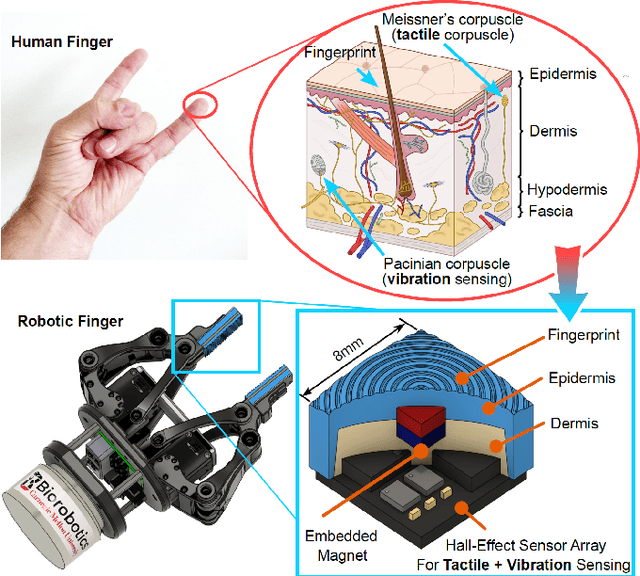
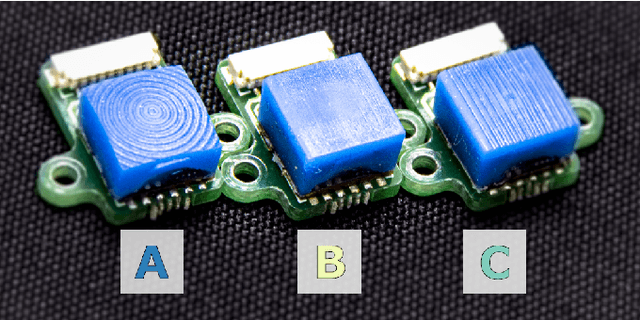
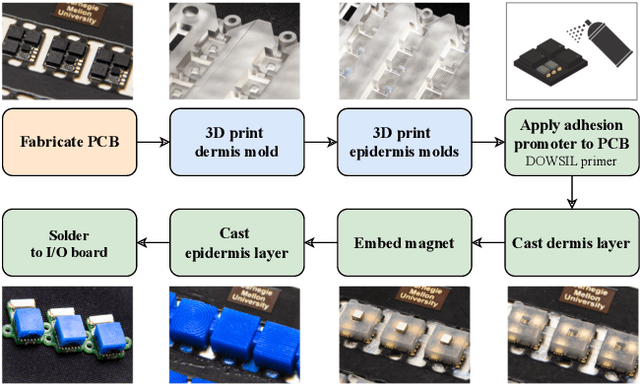
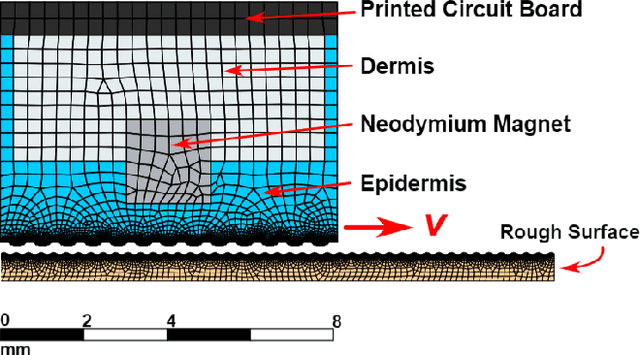
Abstract:Tactile sensing typically involves active exploration of unknown surfaces and objects, making it especially effective at processing the characteristics of materials and textures. A key property extracted by human tactile perception is surface roughness, which relies on measuring vibratory signals using the multi-layered fingertip structure. Existing robotic systems lack tactile sensors that are able to provide high dynamic sensing ranges, perceive material properties, and maintain a low hardware cost. In this work, we introduce the reference design and fabrication procedure of a miniature and low-cost tactile sensor consisting of a biomimetic cutaneous structure, including the artificial fingerprint, dermis, epidermis, and an embedded magnet-sensor structure which serves as a mechanoreceptor for converting mechanical information to digital signals. The presented sensor is capable of detecting high-resolution magnetic field data through the Hall effect and creating high-dimensional time-frequency domain features for material texture classification. Additionally, we investigate the effects of different superficial sensor fingerprint patterns for classifying materials through both simulation and physical experimentation. After extracting time series and frequency domain features, we assess a k-nearest neighbors classifier for distinguishing between different materials. The results from our experiments show that our biomimetic tactile sensors with fingerprint ridges can classify materials with more than 8% higher accuracy and lower variability than ridge-less sensors. These results, along with the low cost and customizability of our sensor, demonstrate high potential for lowering the barrier to entry for a wide array of robotic applications, including model-less tactile sensing for texture classification, material inspection, and object recognition.
Toward Robotically Automated Femoral Vascular Access
Jul 06, 2021

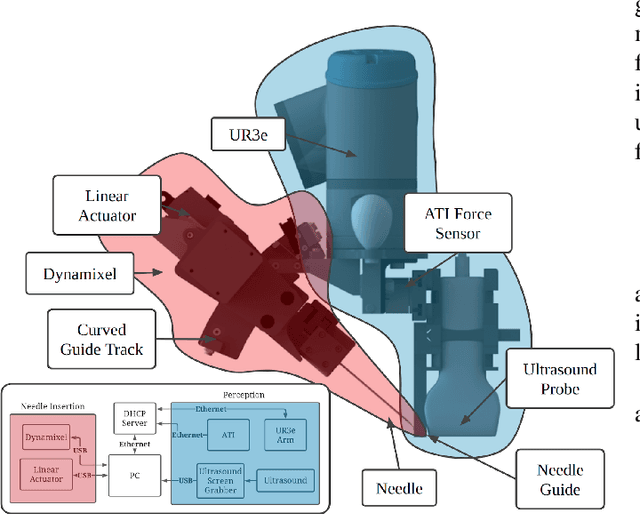
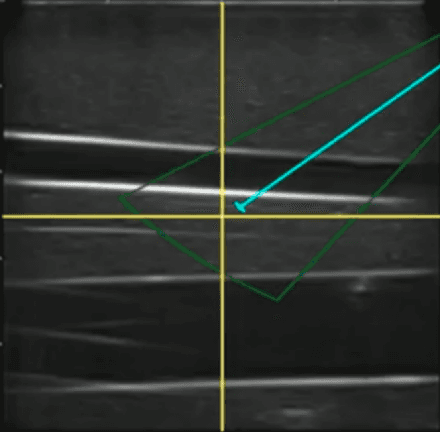
Abstract:Advanced resuscitative technologies, such as Extra Corporeal Membrane Oxygenation (ECMO) cannulation or Resuscitative Endovascular Balloon Occlusion of the Aorta (REBOA), are technically difficult even for skilled medical personnel. This paper describes the core technologies that comprise a teleoperated system capable of granting femoral vascular access, which is an important step in both of these procedures and a major roadblock in their wider use in the field. These technologies include a kinematic manipulator, various sensing modalities, and a user interface. In addition, we evaluate our system on a surgical phantom as well as in-vivo porcine experiments. These resulted in, to the best of our knowledge, the first robot-assisted arterial catheterizations; a major step towards our eventual goal of automatic catheter insertion through the Seldinger technique.
 Add to Chrome
Add to Chrome Add to Firefox
Add to Firefox Add to Edge
Add to Edge